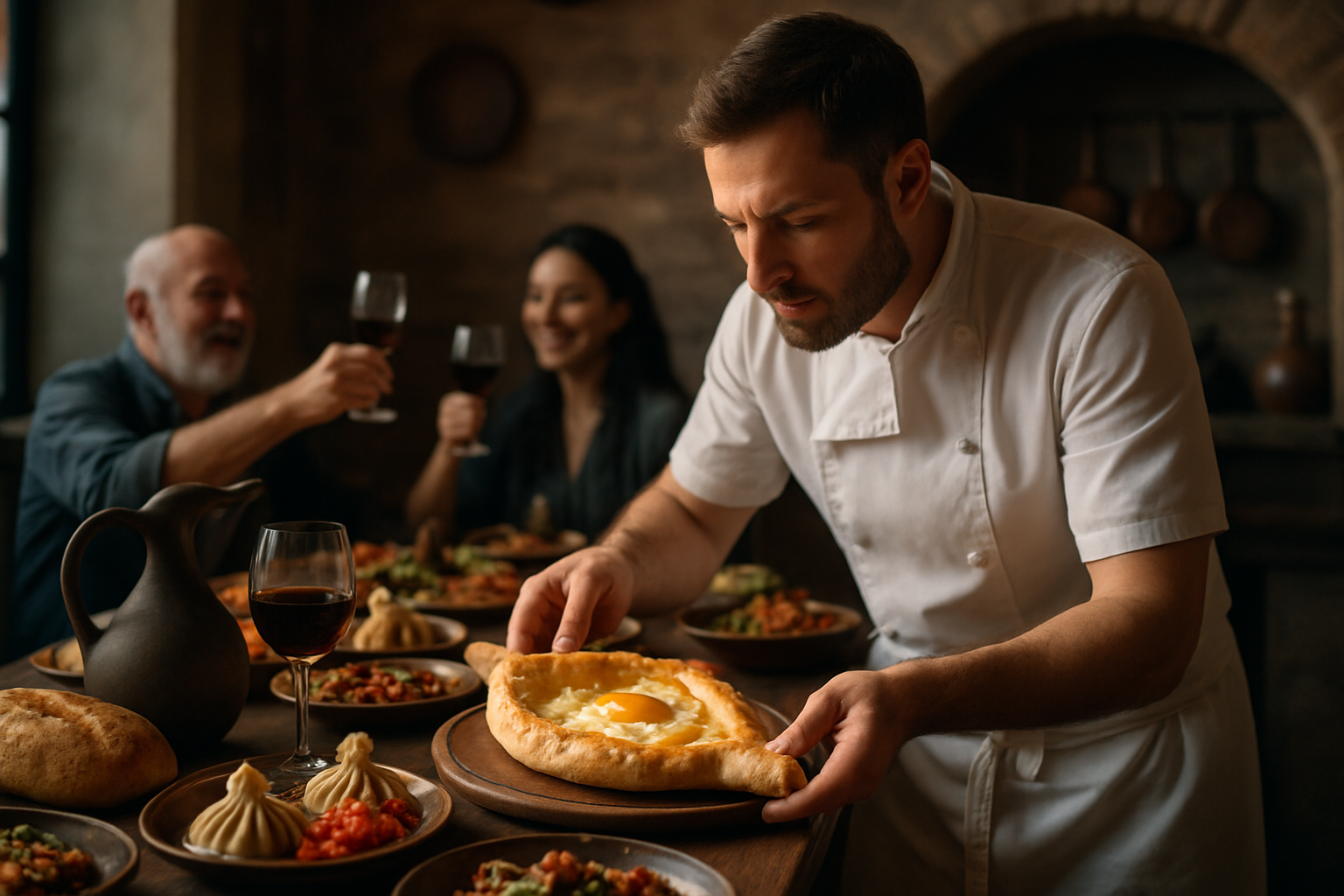Culinary Caving: Exploring Underground Dining Experiences
In the ever-evolving landscape of gastronomy, a new trend is taking adventurous diners to unexpected depths. Culinary caving, the practice of dining in subterranean settings, is emerging as a unique fusion of spelunking and fine dining. This immersive experience combines the thrill of exploring underground caverns with the pleasure of savoring exquisite cuisine, offering food enthusiasts a truly unforgettable adventure that engages all the senses.

The Allure of Subterranean Gastronomy
Culinary caving appeals to those seeking more than just a meal; it’s about the entire sensory journey. The cool, damp air, the echoing acoustics, and the interplay of light and shadow all contribute to a heightened dining experience. Many participants report that the absence of everyday distractions allows for a deeper appreciation of flavors and textures. The novelty of the setting also tends to make the food taste better, as our brains associate the unique environment with the culinary experience.
Notable Underground Restaurants
Around the world, innovative chefs and entrepreneurs are embracing this trend, transforming natural and man-made caverns into extraordinary dining venues. In Italy, the Grotta Palazzese restaurant in Puglia offers breathtaking views of the Adriatic Sea from its limestone cave setting. Meanwhile, the Alux Restaurant in Playa del Carmen, Mexico, invites diners into a 10,000-year-old cavern adorned with stalactites and stalagmites.
Challenges and Considerations
While culinary caving offers unparalleled ambiance, it also presents unique challenges. Maintaining proper food safety standards in a cave environment requires meticulous planning and execution. Temperature control, ventilation, and pest management are all critical factors that must be addressed. Additionally, accessibility can be an issue, as many cave restaurants require guests to navigate uneven terrain or narrow passages to reach the dining area.
The Menu: Crafting Cave-Inspired Cuisine
Chefs at underground restaurants often draw inspiration from their surroundings, incorporating elements of cave ecology into their menus. This might include dishes featuring mushrooms, truffles, or cave-aged cheeses. Some establishments even experiment with cooking methods that mimic natural cave processes, such as slow-cooking meats in underground pits or aging wines in the cave’s natural cellars.
Essential Tips for Culinary Cavers
-
Dress appropriately: Caves maintain a constant cool temperature, so layers are recommended
-
Wear comfortable, non-slip shoes suitable for potentially damp and uneven surfaces
-
Inform the restaurant of any mobility issues or claustrophobia concerns in advance
-
Bring a small flashlight or headlamp for added visibility
-
Consider booking during off-peak hours for a more intimate experience
-
Be prepared for limited or no cell phone reception in underground venues
The Future of Culinary Caving
As the popularity of experiential dining continues to grow, culinary caving is poised to expand beyond its current niche status. With advancements in lighting technology and eco-friendly construction methods, we can expect to see more sophisticated and accessible underground dining venues in the future. This trend not only offers a unique gastronomic adventure but also presents opportunities for sustainable tourism and the preservation of natural cave systems.





